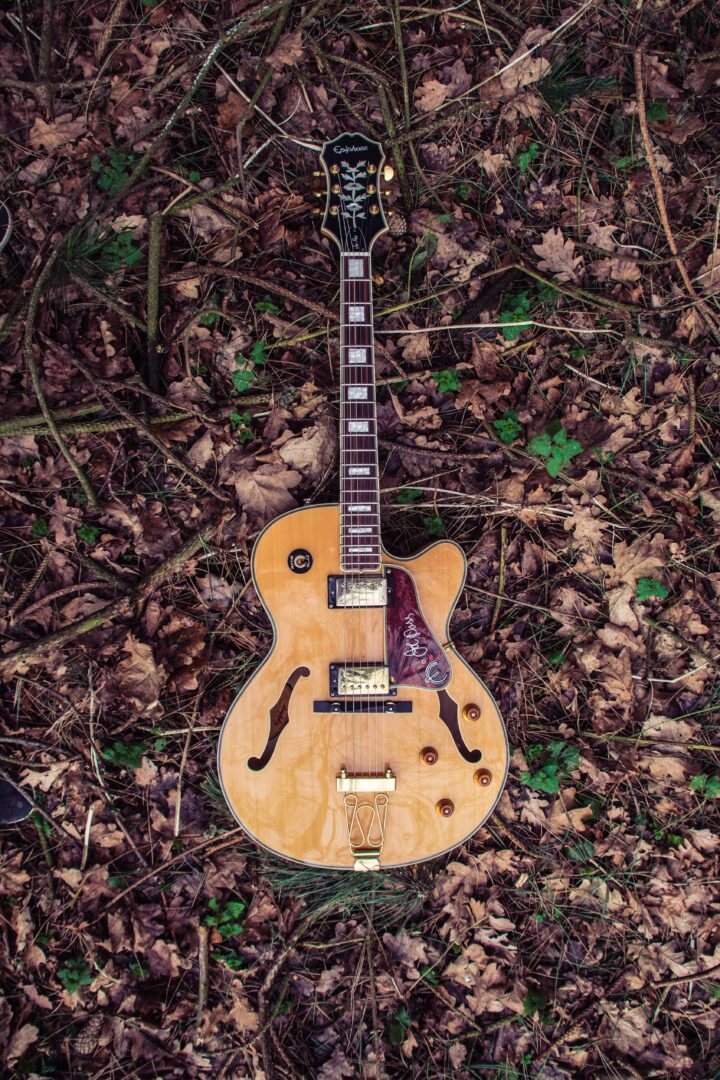
As a musician, there is nearly a limitless amount of tools, resources, guides, accessories, and products available to you to help enhance your skill set. And while so many options can feel a bit overwhelming, being able to drill down and identify the few essential tools for your toolbelt is one of the most invaluable resources you can obtain in your musical journey. Playing the guitar is not just playing the right notes at the right time, there is a technical element of setting up the right way. In order to get your guitar sounding right, proper usage of a tool called the truss rod can be the game changer you need to hone your sound.
What is a Truss Rod?
A truss rod is a metal rod that runs inside the neck of a guitar. Its purpose is to counteract the tension created by the strings, helping to maintain the neck’s stability and preventing issues like bowing or warping. By adjusting the truss rod, you can control the curvature of the neck, ensuring your guitar plays smoothly and sounds in tune.
How to Properly Use a Truss Rod to Correct Your Guitar
Correcting your guitar’s playability with a truss rod is a careful step-by-step process. Begin by loosening the strings slightly to lessen the tension on the neck. With the truss rod adjustment nut, make gentle and small turns to either tighten or loosen the rod, depending on your needs. Take your time, making gradual adjustments, and remember that patience pays off. After each adjustment, tune your guitar back to pitch and test how it feels and sounds until you achieve the perfect balance of neck curvature for optimal playability and desired tone.
Truss Rod Adjustment & Setup
Truss rod adjustment and setup are essential aspects of maintaining your guitar’s performance. The truss rod serves to balance the tension between the strings and the neck, ensuring stability. To achieve the desired neck relief – the curvature of the neck – you can use the truss rod adjustment nut, carefully turning it to loosen or tighten the rod as needed. Different methods, such as quarter-turn adjustments or measuring the gap between the string and the fret, provide various ways to fine-tune your guitar’s neck and optimize playability.
Truss Rod Types and Construction
Truss rods vary in design, with single-action and dual-action options, and they’re usually crafted from steel. These rods play a crucial role by supporting the neck’s stability and safeguarding against issues like warping and bowing that can affect your guitar’s performance. Understanding these different truss rod types and their sturdy steel construction is key to ensuring your instrument stays in top-notch condition over time.
Frequently Asked Questions
- When Does My Guitar’s Truss Rod Need Adjusting?
- Look for signs like high action, buzzing, or a curved neck; if adjustments to string height or intonation aren’t sufficient, it might be time to consider a truss rod tweak.
- Can a Truss Rod Fix a Warped Neck?
- A truss rod can help correct minor issues like neck curvature, but significant warping may require professional repair beyond truss rod adjustments.
- Do All Guitars have Truss Rods?
- Most modern guitars have truss rods, but older or unique designs might not. Check your guitar’s specifications to confirm.
- Why is a Dual Action Truss Preferred over a Single Action Truss Rod?
- Dual-action truss rods allow adjustments in both directions, enabling precise control of neck relief for improved playability, whereas single-action rods can only adjust in one direction.
Learn with Guitar Craft Academy in Nashville
At Guitar Craft Academy in Nashville, your musical journey becomes a transformative experience. Dive deep into the world of guitars, honing your skills and knowledge, while unlocking the secrets of instrument craftsmanship. With guidance from world-class instructors, you’ll not only learn about guitars but also nurture your growth as a musician, setting the stage for a harmonious future filled with endless musical possibilities.
